In the sweltering summer heat, consumers seeking a refreshing treat have encountered a new threat lurking in convenience store freezers - the "yogurt assassin." This phenomenon follows last year's viral "ice cream assassin" trend where unsuspecting shoppers were shocked by exorbitant prices at checkout. Now, premium yogurt products with stealthy high price tags are striking wallets across urban China.
The term "yogurt assassin" exploded on Chinese social media platforms like Weibo and Xiaohongshu after numerous consumers shared stories of picking up seemingly ordinary yogurt drinks, only to be stunned when scanners revealed prices ranging from 20 to nearly 50 yuan ($2.80-$7) per bottle. "I thought I was buying breakfast, not financing someone's yacht," complained one Beijing office worker in a viral post that garnered over 50,000 likes.
Unlike traditional yogurt sold in supermarkets, these "assassin" products occupy prime real estate in convenience store chillers alongside affordable beverages. Their packaging often mimics mainstream brands or uses minimalist designs that conceal their premium positioning. Many incorporate buzzwords like "probiotic-rich," "zero additives," or "ancient fermentation techniques" to justify their prices.
Industry analysts note this reflects a broader trend of "premiumization" in China's dairy sector. As middle-class consumers become more health-conscious, manufacturers are capitalizing on perceived quality differences. "There's a growing willingness to pay for functional benefits like gut health or immunity support," explains food market researcher Zhang Wei. "But the price gaps between these and conventional yogurts now exceed reasonable margins."
Convenience stores have become ground zero for these high-margin products. Their smaller footprint means every stocked item must generate maximum revenue. "We prioritize products with higher turnover or better profits per unit space," admits a 7-Eleven franchise owner in Shanghai who requested anonymity. "These premium yogurts often deliver both."
The backlash has been swift and severe. On Douyin, videos of shocked customers doing double-takes at receipts have become a genre unto themselves. One clip showing a college student reluctantly paying 38 yuan for a drink she assumed cost "maybe 8 or 9 yuan" has been viewed over 3 million times. Comment sections overflow with similar indignation: "This isn't yogurt - it's liquid gold!" reads one top comment.
Marketing professor Li Juan from Fudan University sees parallels with luxury goods strategies. "These brands aren't competing on nutrition facts but on signaling - the price itself becomes part of the product's identity," she observes. "For young professionals, posting an expensive yogurt can convey status just like designer handbags once did."
Some consumers report developing defense mechanisms against "yogurt assassins." Many now photograph price tags before purchasing or exclusively buy from supermarket refrigerators where prices are clearly marked. "I've been burned too many times," laments regular convenience store patron Zhao Ming. "Now if it doesn't have a big red price sticker, I won't touch it."
The controversy has reached regulatory ears. Consumer protection agencies in several cities have begun spot-checking stores for proper price labeling. While no laws prohibit high prices themselves, unclear or hidden pricing violates fair trade regulations. "We're seeing more complaints about dairy products," confirms a Shanghai Consumer Council representative. "Stores must ensure transparency."
Manufacturers defend their pricing, citing rising ingredient costs and specialized production methods. "Our Himalayan probiotic strain requires unique fermentation tanks and a 72-hour process," claims a spokesperson for one high-end brand. "This isn't mass-produced yogurt - it's a crafted functional food." Nutritionists remain divided on whether these products offer meaningful advantages over conventional options.
Retail psychologists note how store layouts contribute to the phenomenon. "Convenience stores position grab-and-go items at eye level where impulse buys happen," explains Dr. Emma Liu. "When a 5-yuan water sits beside a 25-yuan yogurt in similar packaging, busy shoppers often don't scrutinize the difference until it's too late."
The "assassin" framing resonates because it captures the feeling of ambush. Unlike consciously splurging on luxury items, these purchases feel like traps - ordinary moments weaponized against budgetary restraint. Social media has amplified this collective outrage, transforming individual sticker shock into shared cultural commentary.
As summer temperatures peak, so does yogurt consumption. Whether this backlash will prompt pricing adjustments remains uncertain. Some brands have begun offering smaller "trial size" options, while others double down on premium messaging. For now, consumers navigate freezer aisles with newfound wariness, knowing the next refreshing sip might come with a sobering financial aftertaste.
The "yogurt assassin" phenomenon reveals deeper tensions in China's consumer landscape. As product differentiation grows more sophisticated, the line between premium innovation and predatory pricing grows increasingly blurred. What began as ice cream sticker shock has evolved into a broader scrutiny of how everyday indulgences are being repositioned - and repriced - for changing markets.
One thing seems certain: in the arms race between marketing strategies and consumer awareness, convenience store chillers have become an unlikely battleground. And for budget-conscious shoppers, the summer of 2023 may be remembered as the season they learned to check prices before they chill.

By /Jun 14, 2025

By /Jun 13, 2025
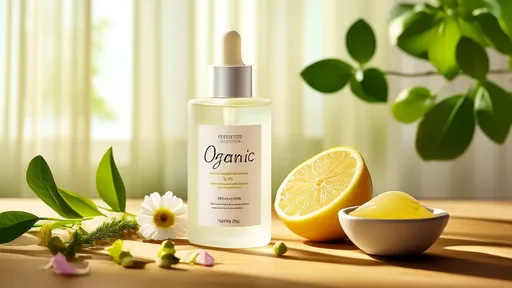
By /Jun 13, 2025

By /Jun 13, 2025
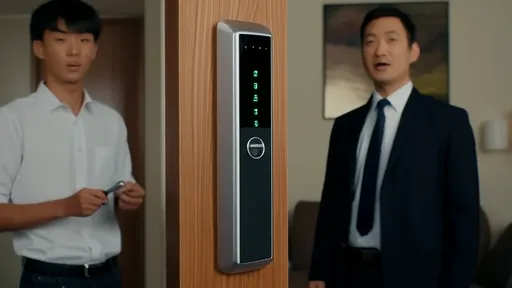
By /Jun 13, 2025

By /Jun 13, 2025

By /Jun 13, 2025

By /Jun 13, 2025

By /Jun 13, 2025
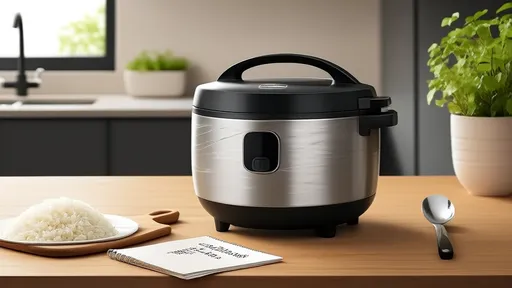
By /Jun 13, 2025
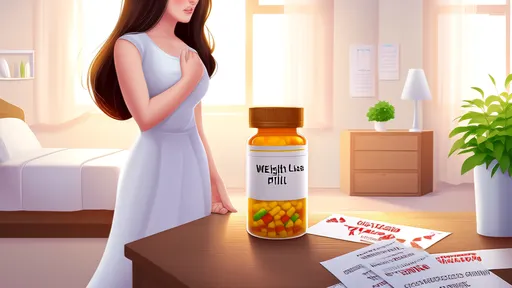
By /Jun 13, 2025
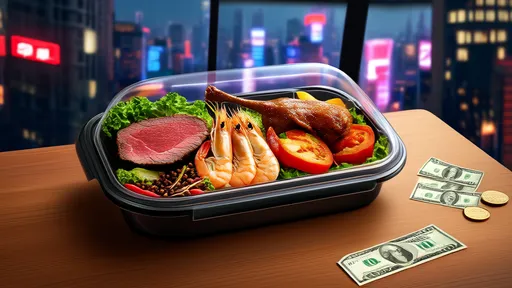
By /Jun 13, 2025

By /Jun 13, 2025
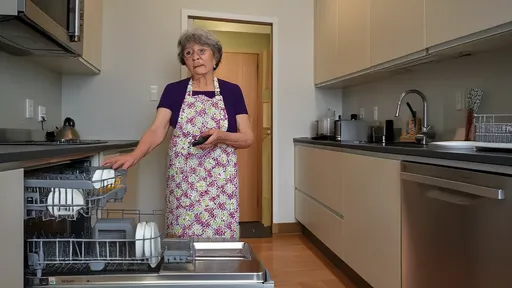
By /Jun 13, 2025

By /Jun 13, 2025

By /Jun 13, 2025

By /Jun 13, 2025
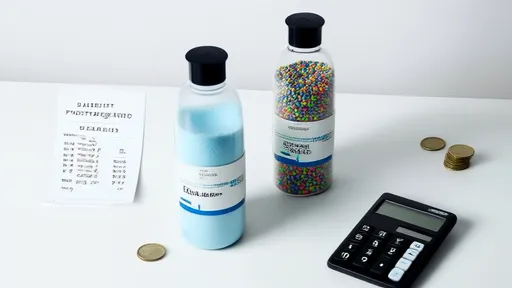
By /Jun 13, 2025
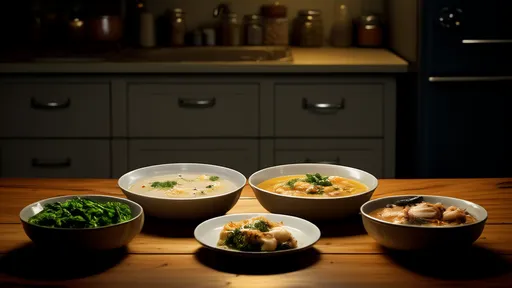
By /Jun 13, 2025
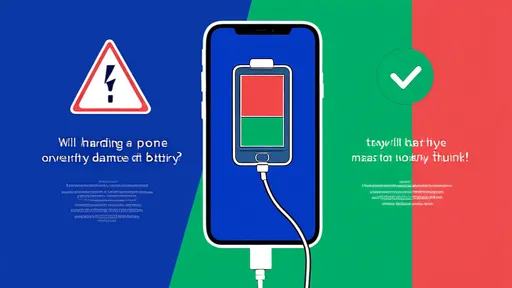
By /Jun 13, 2025